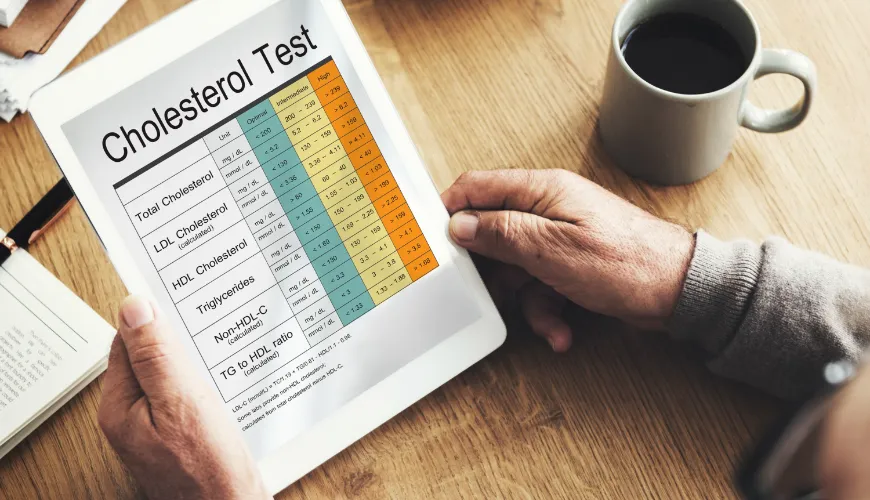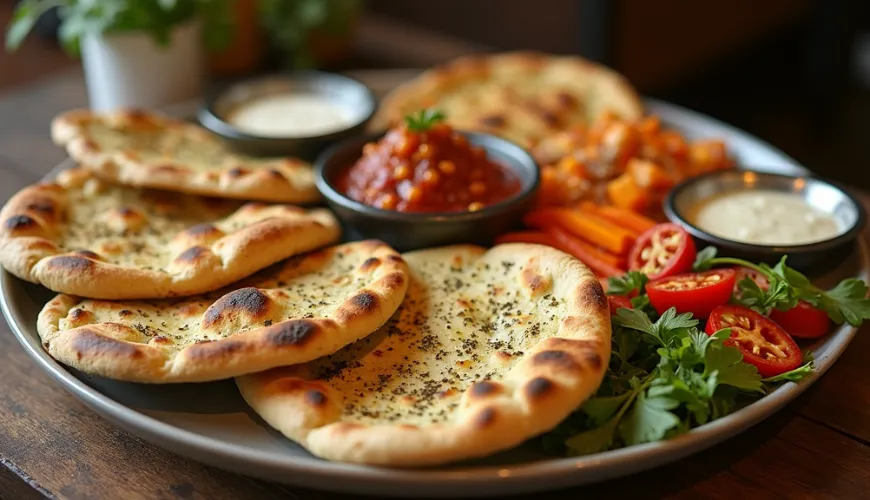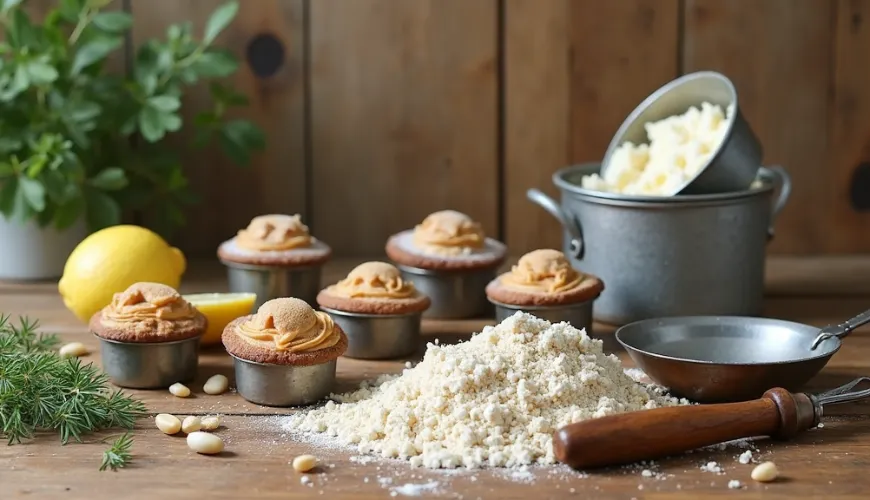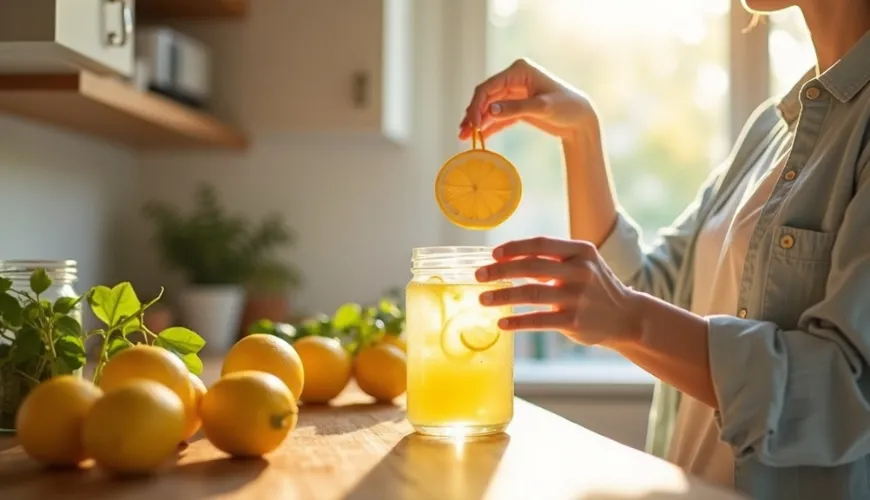
How to Bake Indian Naan Bread Without Yeast and Effortlessly

Indian Naan Bread - Recipe, Tradition, and a Fragrant Journey to the East
The aroma of freshly baked bread has a unique ability to transport a person through time and space. When combined with a mix of spices, slightly charred edges, and fluffy texture, we find ourselves suddenly in the heart of South Asia. Indian naan bread, which has become a global symbol of Indian cuisine, is not only a delicacy but also a cultural heritage. Its story dates back hundreds of years, to the time of the Persian Empire and its influence on the Indian subcontinent. Today, naan is commonly seen in restaurants worldwide, but few know that this bread can be made at home – even without yeast.
What is Naan and Why Has it Captured the World?
Naan is a soft, fluffy flatbread traditionally baked in a tandoor – a clay oven whose heated walls give the bread its characteristic structure and smoky aroma. However, it can be easily prepared at home on a simple pan or in the oven. Although naan is often served as a side dish to Indian meals – such as butter chicken, lentil dhal, or spinach sabzi – with a bit of imagination, it becomes a standalone dish. Filled with paneer cheese, garlic, or even spinach, it can rival pizza.
Naan is not just a type of bread – it's a cultural staple. In India, it is often torn into smaller pieces and used to scoop up food instead of utensils. Sharing naan at the table is as important as the meal itself.
Recipe for Indian Naan Bread
The classic recipe for naan includes plain flour, yogurt, a bit of sugar, yeast, and oil. The dough is left to rise, then divided into balls, rolled out, and baked dry or with a bit of butter. But what if you don't have yeast, or simply don't want to use it?
This is where yeast-free naan comes into play, which is surprisingly simple and retains all the flavors and softness. Yogurt plays a key role here – not only does it add moisture, but it acts as a natural leavening agent. Combined with baking powder, it creates a dough that is soft, pliable, and yet beautifully fluffy when baked.
Homemade Yeast-Free Naan – Basic Recipe:
- 2 cups of plain flour
- 1 teaspoon of baking powder
- ½ teaspoon of salt
- ¾ cup of plain yogurt
- 2 tablespoons of oil or melted butter
- optional: garlic, coriander, cumin, or sesame seeds
The process is simple: combine all the ingredients well and work into a smooth dough. Let it rest for about 30 minutes (not necessary, but helps with better consistency), then divide into 6–8 parts. Roll each into an oval shape about 0.5 cm thick and bake dry on a hot pan on both sides. When bubbles start to form and the bread browns, it's done. Ideally, brush with butter and garlic with chopped coriander – you’ll get garlic naan, one of the most popular variants.
Tradition and Modern Variations - When East Meets West
Although naan is rooted in Indian culture, it often appears today in non-traditional forms. Topped as a sandwich, spread with pesto, filled with hummus, or cut into triangles and served with a dip – similar to pita bread. In many vegetarian households, naan has become a favorite base for a quick dinner – with grilled vegetables, halloumi cheese, or tofu.
A practical example? Jana, a young mother from Brno, started baking naan during the pandemic when yeast ran out in stores. "I tried the recipe with yogurt and baking powder, and the kids loved it. Today I bake naan instead of rolls, even for snacks with cheese and vegetables," she says. Her story is not unique – the growing interest in baking and healthier versions of common foods drives people to try new recipes that combine taste, simplicity, and diverse nutrition.
Why Include Naan in Your Diet?
Aside from taste, there is also the nutritional aspect. Unlike regular white bread, naan contains more protein thanks to yogurt, and if made with whole wheat flour, it also gains a higher fiber content. Moreover, when you bake at home, you have control over the ingredients – no preservatives, unnecessary sugar, or palm fat.
Homemade naan also has a smaller ecological footprint. Instead of packaged bread in plastic, you can prepare a portion precisely as needed, without waste. And if you use local ingredients and organic flour, you can turn your naan into a truly sustainable dish.
A Piece of India on Your Table
Making Indian naan bread at home is like opening a small door to another world. Whether you serve it with spicy curry, roasted vegetables, or just with plain yogurt and coriander, it always brings warmth, aroma, and a touch of the exotic. You don't need to travel thousands of kilometers for that – just a few ingredients and a little time.
"Cooking is a form of traveling," says Indian chef Madhur Jaffrey, and naan is one of those journeys you can embark on from your own kitchen. Bake it today – and perhaps again tomorrow. Because once you taste freshly baked naan, you'll never want to buy it packaged again.

